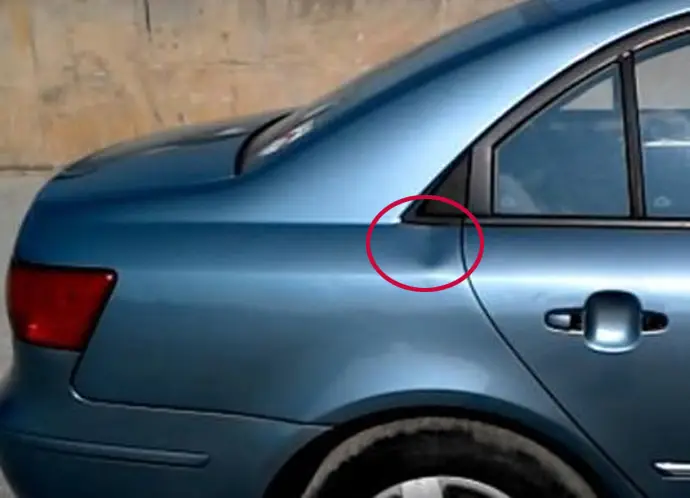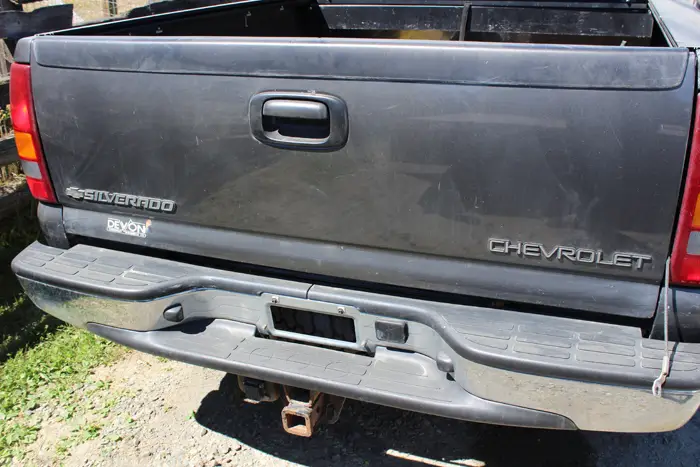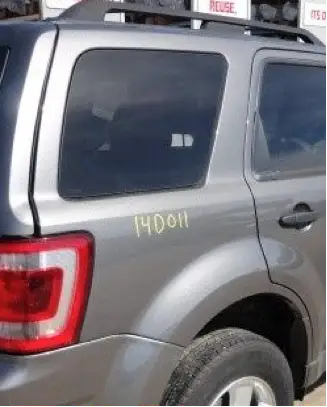Module 2, Lesson 5 Copy
Preamble
Approximate time to complete this lesson: 30 minutes
Lesson 5 Video
To begin Lesson 5, watch this video (6 minutes, 6 seconds).
Review of Lesson 5
How to Code Parts
In addition to assigning a letter grade to a part – A, B, or C – we also want to communicate any damage the part may contain. Providing a damage code will help the repair facility estimate how much repair time will be required. Again, a unit of damage does not necessarily equal one hour – which is a common but often inaccurate method of grading parts.
Let’s learn how to grade a part using some specific examples.
Example #1: a quarter panel with a small parking lot ding. How would you code it?

Measure the damage area using the location chart (in this case the damage is located in area 5).
Indicate the type of damage observed. In this case P for Parking lot Ding. Next, determine how many units of damage there are (e.g. how many credit cards does it take to cover the damaged area? In this case, 1. So, in our example provided we would assign a code of 5D1 to this part. This part is then an A grade part with a Damage code of 5D1.
Example #2:

Example #3:

In the above example, there is a large dent above the fuel filler door. That is location # 4. The surface area of the damage exceeds two standard sized credit cards, so the damage code for this quarter panel would be 4D3 and it would be considered a C Grade, or NIQ part.
Primary and Secondary Damage
There are two types of damage: primary and secondary.
A part with secondary damage may still be viable but will require a secondary damage report with a secondary code.
Here are some examples:






Let’s look at some other examples A, B & C Parts along with their Damage Codes.








